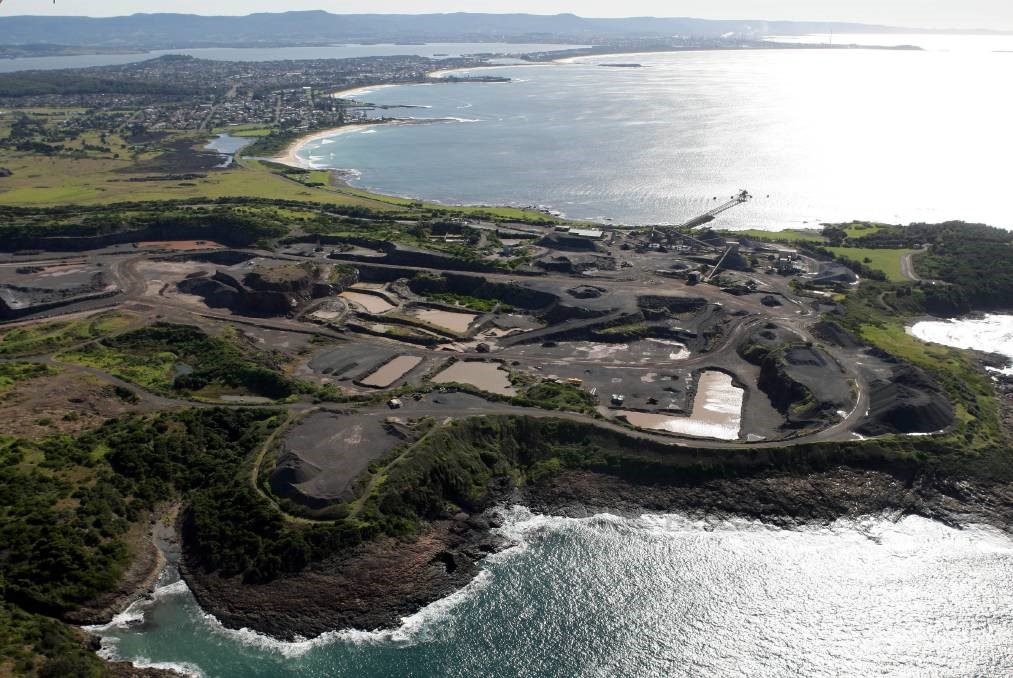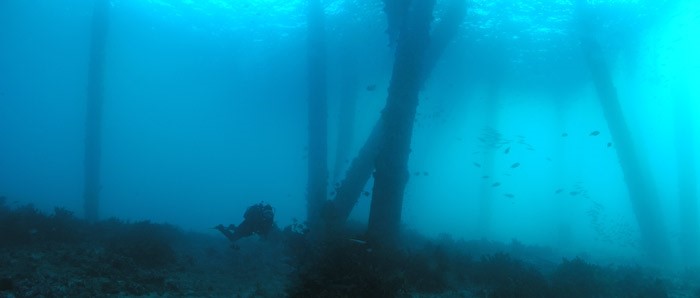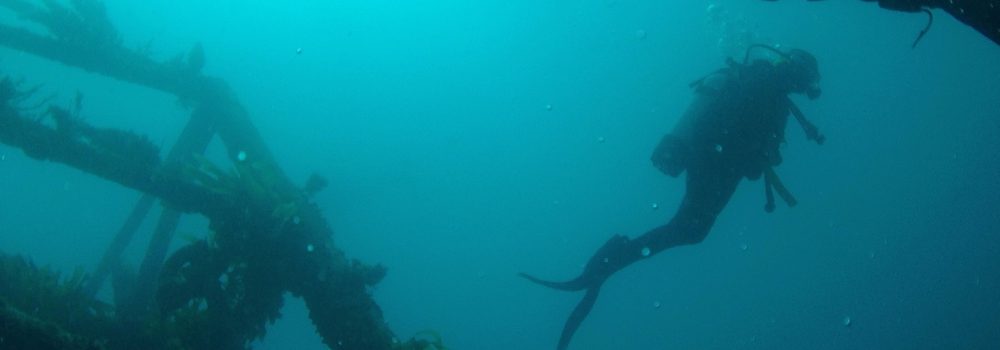 Bass Point Reserve is a four kilometre long natural promontory approximately 100 hectares in size. It is the most prominent coastal headland in the Illawarra. Bass Point Reserve is a 72 hectare coastal jewel, located just south of Shellharbour Village and contains one of the few littoral rainforest areas in the Illawarra.
Bass Point Reserve is a four kilometre long natural promontory approximately 100 hectares in size. It is the most prominent coastal headland in the Illawarra. Bass Point Reserve is a 72 hectare coastal jewel, located just south of Shellharbour Village and contains one of the few littoral rainforest areas in the Illawarra.
The reserve is recognised as one of the most important archaeological sites on the NSW coast. Aboriginal people were using Bass Point as a regular campsite. A self guided Aboriginal Indigenous Cultural walk is on site with plaques highlighting detailed information.
The Shellharbour area is also regularly dived as a day dive from Sydney. Located about one and a half hours drive from the city. The most popular dive sites are found in or off this reserve which is just to the south of Shellharbour township. Most of the divers who come here just dive the shore diving sites.
Most of the shore diving is done from the usually sheltered Bushrangers Bay on the south eastern tip of Bass Point. There are also dives on the northern side when winds are southerly. There is a marine reserve in Bushranger’s Bay.
The council has been closing the whole Bass Point reserve during periods of Total Fire Ban.
Bushranger’s Bay
This area is a marine reserve and offers usually sheltered. It is a steep climb down a set of steps to reach the water. The area around the steps offers easy snorkelling with quite a bit of smaller marine life to be seen on the small boulders. Fish life includes bullseyes, luderick, bream, yellowtail, one-spot puller, white ear, and leatherjackets. This dive site is protected from moderate southerly and northerly winds and seas.
Other sites in the area include the Archway just south of the entrance to Bushranger’s Bay. Shore diving is only possible in very calm seas. The Arch is a rock tunnel running at right angles to the shoreline about 20 metres long, 10 metres wide and three to five metres high. On the western side, there is a moderate sized cave further along the reef. There are often Port Jackson sharks lying around the site in Winter. A huge bull ray often patrols the site. Other fish life and invertebrate cover is good.
The Gutters is another site consisting of long split in the rocky shore with ledges for safe entry. Boulders offer lots of smaller temperate fish species. There are small sponges and sea squirts on the rock as well as schools of bullseyes and ladder-finned pomfrets. There are rays, red morwongs, leatherjackets, old wife, hulafish, bream, striped sea pike and sea dragons to be found in the general area, as well as rocks covered in gorgonias, nudibranchs, sea squirts and sponges.
Sponge gardens lie further north of the Gutters entry point. There are sea tulips, and small gorgonia sea fans. The attraction is the smaller invertebrate and fish life such as squid, moray eels and pygmy leatherjackets.
Lou’s Pinnacle is a bommie off Bass Point Island offers excellent sponge and invertebrate gardens. The sponges start in as little as 18M and the bottom at 24-30m is carpeted in anemones and sea whips. Fish life includes eastern devil fish, wobbegongs, red snapper, squirrelfish and black banded sea perch. An excellent dive.
Chambers and Co built the first 480-foot turpentine jetty at Bass Point Shellharbour (originally called Long Point), for the transportation of blue metal from the nearby quarry. Work at the quarry was abandoned in 1939 and the jetty virtually destroyed by heavy seas in 1957. South Coast Basalt reopened the quarry in 1973 and rebuilt the jetty and basalt gravel loader. South Coast Basalt was a wholly owned subsidiary of Pioneer Concrete. From about 1973, basalt, which had been extracted from the quarry, crushed and graded into aggregates of various sizes, was shipped to Blackwattle Bay in Sydney, where Pioneer used it in the manufacture of ready mixed concrete. It fell in to disuse in the 2000s

The gravel loader is easily seen as you arrive at the reserve. Now fenced off it is a fair walk to the site. The gravel loader extends 150 metres out to sea. It is never used. The best entry point is from the eastern side near the boat ramp. The loader is built over a low rock shelf. A large anchor can be found in the shallows as well as pieces if the “Kiltobranks”. She was a wooden steamer loaded with gravel that went ashore in 1924 after missing her mooring in a strong northerly wind. She lies in the surf zone to the west of the third pylon on the jetty and level with a building onshore. Nothing much is left of her. All around there is lots of twisted metal that has fallen from the jetty and even a truck. The pylons are covered in colourful invertebrate life and in good visibility the jetty is a spectacular sight. Fish life is on the small side but here is always something to see with red morwongs, striped sea pike, kingfish, tuna, silver drummer, one-spot pullers, yellowtail, old wife and bream. The small cryptic fish along the bottom is also interesting with cuttlefish, squid, moray eel, eastern hulafish, pygmy leatherjacket, sea horses, pipefish, firefish, butterflyfish and juvenile surgeonfish. The gravel loader is a sheltered in southerly winds and seas. It makes an excellent night dive.
The nearby quarry is now owned by Hansons and there are massive expansion plans, including mining the basalt until the pit is 40 metres below sea level. It currently produces 6000 tonnes of rock a day. They work all night and then do maintenance all day, as the salt air rapidly corrodes any steel object. They are already mining rock to create a new marina at Bass Point. The old port hasn’t been used since 2012. Heavy road traffic means that there are hopes to build a massive new gravel loader that might see the old one demolished, pity. However, she will naturally deteriorate in storms anyway, so visit it while you still can.
